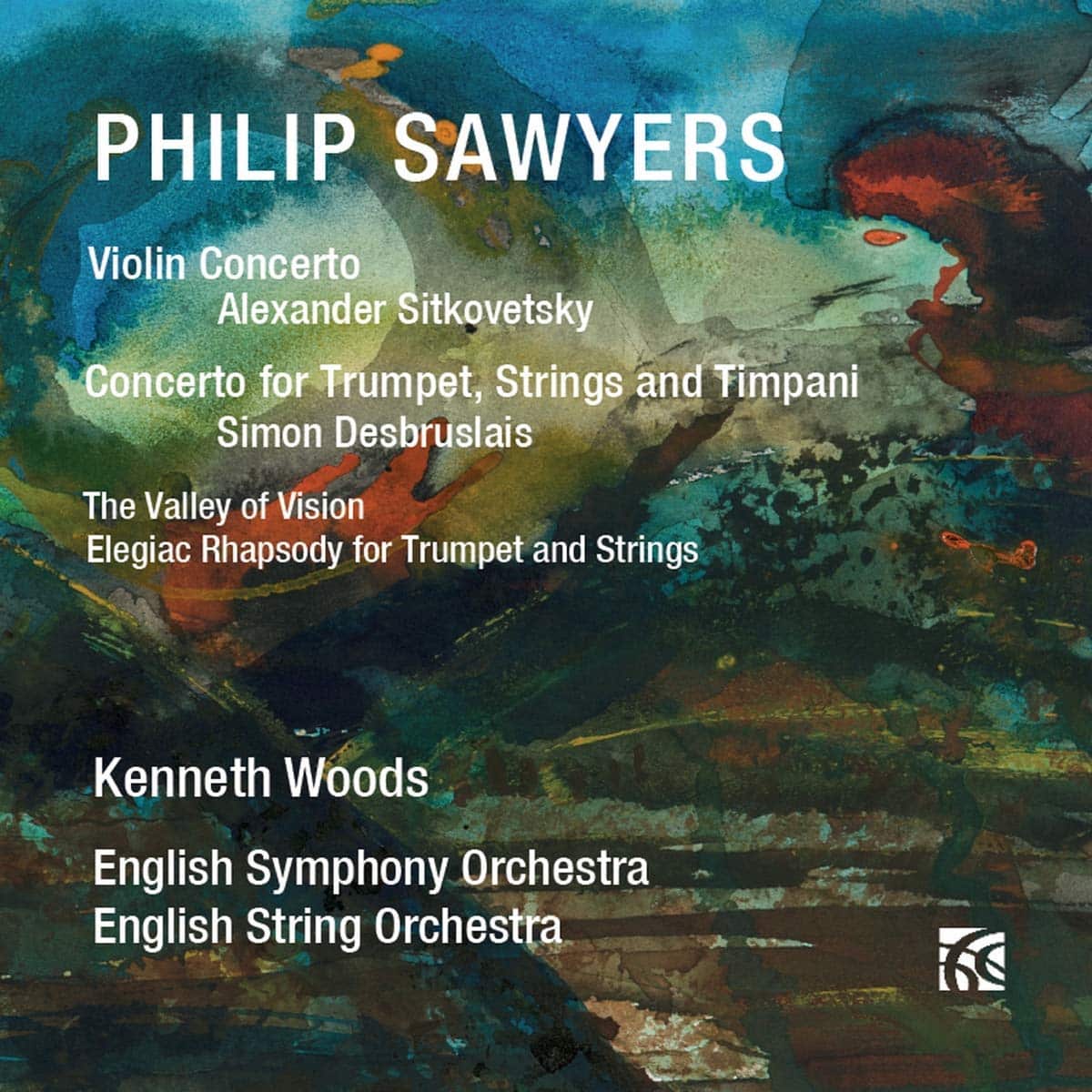Maja Bogdanovic and Daniel Rowland at St Peter’s, Hereford
The English Symphony Orchestra return to St Peter’s Church in Hereford for a concert featuring two titans of the symphonic world: Haydn and Mozart. Composed on his first trip to London, Haydn’s Symphony No.96 is an accomplished and uplifting work and became part of a collection of works known as his ‘London’ symphonies. It was also given the nickname ‘The Miracle’ based upon an account of a chandelier falling during a performance and nearly missing the audience… This actually happened at a performance of a different Haydn symphony but the name stuck.
As with so many musical nicknames, the title ‘Jupiter’ for Mozart’s Symphony No.41 did not originate from the composer, it is believed that the German violinist Johann Peter Salomon (the same man who championed Haydn’s career in London in the 1790s) devised the name to capture the essence of a symphony of such epic proportions. As a contemporary of Haydn, Mozart was in awe of Haydn and often invited him to his concerts and the reciprocity of admiration was felt both ways. In fact, Mozart’s Requiem was even performed at Haydn’s funeral.
Mozart’s final three symphonies: numbers 39, 40 and 41, are a trilogy of works that stand apart from his own symphonic output and are a regular occurrence in many a concert hall and orchestra’s repertoire. In fact, you can hear the other two Mozart symphonies this season as the ESO are performing his Symphony No.40 on Saturday 5th March in Worcester at the Great Malvern Priory and Symphony No.39 at the same venue on Wednesday 15th June.
Sawyers was commissioned in 2009 to write a cello concerto for rising star, Maja Bogdanovic and since then her musical and personal connection with the virtuosic violinist Daniel Rowland inspired Sawyers to compose a double concerto for them both. Overshadowed by the famous Brahms double, this was a somewhat daunting task. The resulting work, written in 2020, is in three movements and is a piece which reflects ideas of journeys which develop initial ideas as the music unfolds.
Read More




